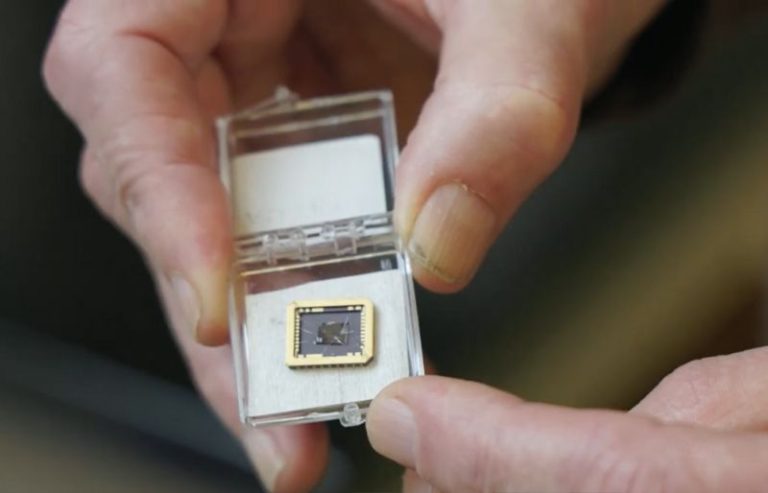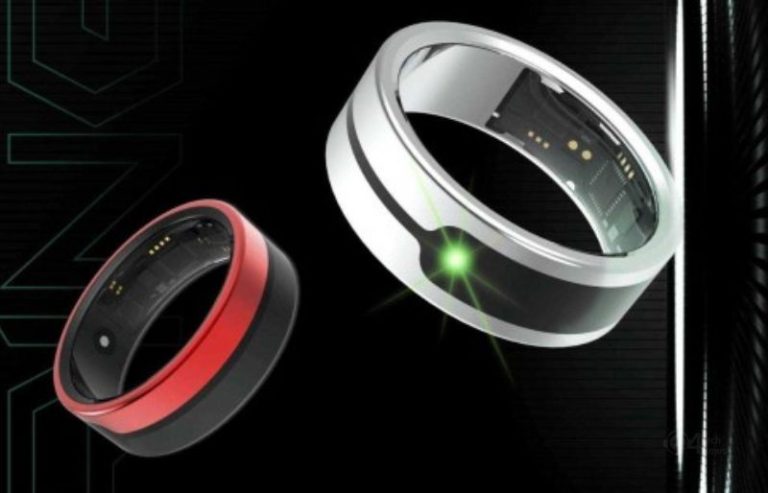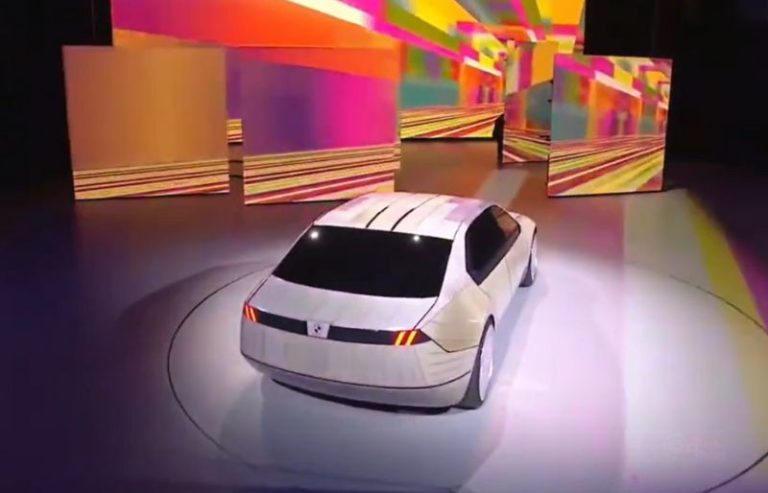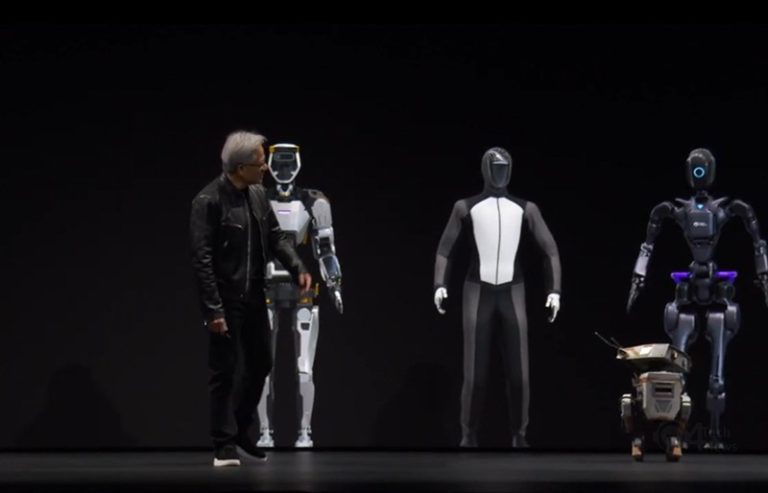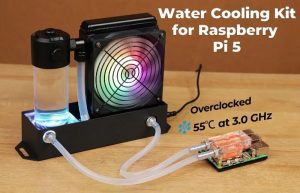Scientists Develop Groundbreaking “Animal Vision Camera”
Scientists have recently unveiled an innovative animal vision camera capable of showcasing the world through the eyes of animals, such as bees and birds, with unprecedented accuracy. This groundbreaking technology, combining novel hardware and software, opens up new possibilities for producing videos that faithfully represent the vibrant colors perceived by non-human species.

The researchers behind this advancement have successfully bridged the gap in understanding how animals see the world. By employing a unique combination of hardware and software, their animal vision camera system nearly matches the precision of conventional methods used to capture animal color vision. While human vision excels in sharpness and detail, animals possess distinct visual abilities, including the perception of light wavelengths invisible to the human eye.
Current techniques for creating representations of animal color vision involve false color imagery, which, although reliable, has limitations and demands considerable effort. The new approach developed by a collaborative team from the U.K. and U.S. aims to offer a more dynamic and versatile method for translating animal color vision.
The animal vision camera system operates by utilizing two cameras—one sensitive to ultraviolet light and the other to visible light—separated by an optical glass beam splitter. This unique setup allows the simultaneous capture of light from four distinct wavelength regions: ultraviolet, blue, green, and red. The obtained data is then transformed into “perceptual units” by the software, corresponding to the known photoreceptor sensitivity of the animal.
According to Daniel Hanley, an associate professor of biology at George Mason University, and Vera Vasas, a biologist at the Queen Mary University of London, the animal vision camera system’s capabilities extend beyond still images. It can now generate truly precise moving videos of the colors perceived by non-human animals in the world.
The researchers tested their animal vision camera system on honeybees and UV-sensitive birds, comparing the results with those obtained through spectrophotometry, a gold standard method for creating false color imagery. Depending on environmental conditions, the system proved to be 92% to 99% accurate.
Funded by the National Geographic Society, the team, which includes award-winning nature photographer and filmmaker Neil Losin, plans to use this technology to enhance future nature documentaries. Additionally, they foresee potential scientific discoveries through the system’s application.
Having already built two working animal vision camera systems and preparing for a third, the researchers encourage the replication of their technology. All their hardware relies on commercially available cameras and parts, and they have made their software code open source to promote further refinement and adaptation by the research and film community. They believe that this open-access approach will accelerate development for the benefit of all.
